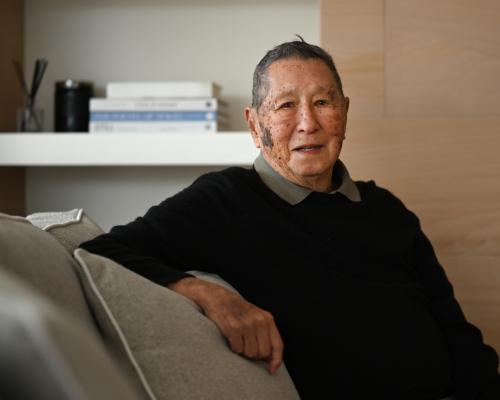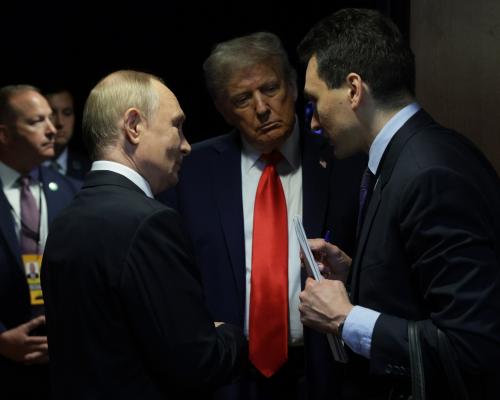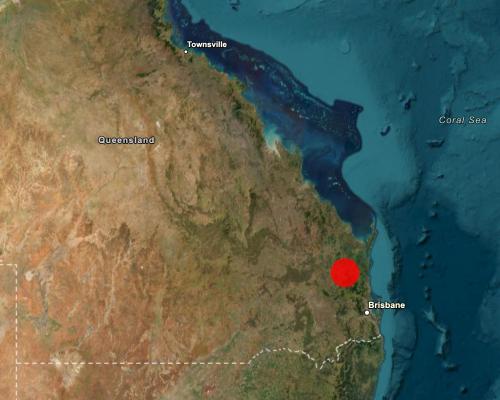
Ben Chifley called it a “glorious moment”. On 15 August 1945 half a million people poured on to the streets of Sydney to celebrate the end of six years of war.
News spread quickly after Emperor Hirohito announced that Japan had accepted the allies’ demand for unconditional surrender.
It was a devastating defeat for the Japanese, whose cities lay in ruins, but in Australia there was relief.
“An entire city felt the burdens of six weary, war-laden years roll from its shoulders, and plunged headlong and full-throatedly into celebration,” the Sydney Morning Herald reported.
For the 80th anniversary of Victoria in Japan Day, Albert “Ron” Gee Kee recalls his wartime service.
Now 101, Gee Kee was 18 when he enlisted. The war in the Pacific had begun in 1941 and, by 1943, Japan was on Australia’s doorstep.
You could either run for your life or join up, he says.
“After the bombing of Darwin, it seemed imminent that the invasion could come to Australia,” he says.
Sign up: AU Breaking News email
“Living in far north Queensland right up near the war zone, there were rumours at that particular time after I turned 18 that there was going to be conscription, because most of our Australian troops were caught in Singapore.”
More than 130,000 allied troops were captured in the fall of Singapore in 1942 and hundreds of thousands of Australians were serving in the Middle East, north Africa and the Mediterranean, leaving their home vulnerable.
“I didn’t want to go to New Guinea to fight – so I joined the navy because I thought it would be a better life,” Gee Kee says.
But the navy posted him to Milne Bay in New Guinea, which he calls the “worst place in the world” due to heat, rain and malaria.
He worked as a coder. “No messages could be transmitted or telegraphed over the air unless all messages were put into code and that was my duty.”
The station covered the Coral Sea and south Pacific – “We were kept busy.”
After about a year there he spent nine months at Gen Douglas MacArthur’s headquarters in Brisbane before he was deployed to the Northern Territory.
“I was in Darwin when the war ended and so our end-of-the-war celebration was just by ourselves at the wireless station,” he says.
He adds: “VP Day brings back memories of how lived and survived during that period but also that I have to remember all my friends who have now passed away.”
A senior historian at the Australian War Memorial, Dr Lachlan Grant, said in six years of war – beginning in September 1939 when Nazi Germany invaded Poland – 1 million Australians served in the armed forces, from a population of just 7 million.
Grant said 40,000 Australians had died in the war and more than 30,000 had become prisoners of war.
“The Second World War and the defeat of Nazi Germany, Fascism and Japanese militarism was one of the most defining events of the twentieth century,” he said.
RSL NSW is holding a Victory in the Pacific commemoration service at the Cenotaph at Martin Place in Sydney on Friday.
Other ceremonies will be held at the Shrine of Remembrance in Melbourne, the Australian War Memorial in Canberra and the State War Memorial in Perth.





